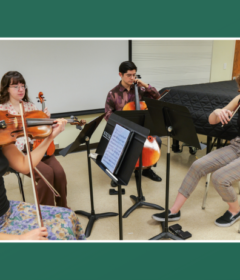Ceramic artist Chotsani Elaine Dean will explore connections between ‘soil and clay’
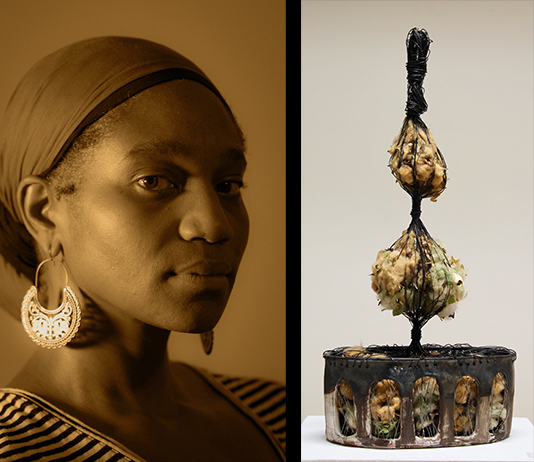
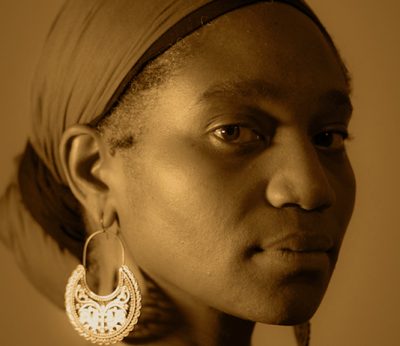
Photo/Patrick Ford
When ceramic artist Chotsani Elaine Dean assumed a professorship at the South Carolina School of the Arts at Anderson University in 2014, she decided to grow some cotton.
Dean had become fascinated by the quilting traditions of her African-American heritage, and cotton, as she writes on her website, was the material that gave quilts life and was “the commodity at the center of my ancestry” during the era of slavery.
But growing cotton “wasn’t any profound moment,” Dean says during a phone interview from Minneapolis, where last fall she became an assistant professor of art at the University of Minnesota. After all, as a child growing up in Hartford, Conn., she had cultivated her love of gardening at the U.S. Botanic Gardens when her family would visit Washington, D.C., the hometown of her commercial artist father.
“I said, ‘Oh, I might as well grow some cotton since I’m here in the South,’ ” says Dean, who will present a virtual artist talk at 4 p.m. Tuesday, March 9, as part of Stetson’s Dr. Charles White Speaker Series. “It might’ve been a coping mechanism because I had a lot of culture shock my first year,” she adds with a hearty laugh.
But her cotton plants, a type known as Sea Island, became more than just a passing whim.
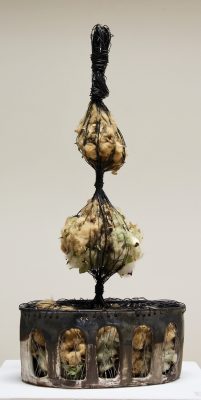
Photo / Chotsani Elaine Dean
“I will never forget the moment I saw my first cotton boll, when I came home from work and held it in my hand,” Dean says. “I was like, ‘This caused the entire world to change – this little plant that I have in my hand now.’ It spurred a global economy. It’s the reason we had Civil War weaponry, and why the Constitution was amended. How it grew so well in the South is why I went to India, because the British were really trying to establish cotton there.”
And cotton spurred a change in Dean’s art: Along with dried flowers from her garden, her beige, home-grown cotton bolls have also occasionally found their way nestled inside her ceramic works.
Dean’s talk will explore “my interest in gardens and growing things, how that influences my studio practice, and how much soil and clay are connected,” she says. “I did a master gardener exchange program at Clemson, so I will show slides from the projects I did for that and how things opened up even more for me.”
The Charles White series, which debuted in January, was created by the Creative Arts Department Anti-Racism Committee for Equity, whose mission is “to advance equity for and inclusion of historically underrepresented ethnicities and races” in the creative arts at Stetson. Dean’s talk is co-sponsored by the Department of Environmental Science and Studies. Cultural Credit will be available.
Please complete the pre-registration form at least one hour before the start of the talk. If you do not have a Stetson email address and would like to participate, please email [email protected] by 2 p.m. on the day of the event to be added to the list to receive the Zoom link. Talks will be digitally archived and viewable on Vimeo.
Dean realizes that with some artists “there’s like a great inspirational story” behind their path. But, she says, “I don’t think I was inspired to become an artist – it’s just that I realized that’s probably what I should do (laughs). I wonder if mine was no less pragmatic than the way people go into the medical profession.”
She took a clay class in high school, but entered Seton Hall University with thoughts of becoming a journalist or learning French to become a U.N. translator, while minoring in art. A professor took her to see a ceramic artist and, Dean says, “I must’ve seen something. I saw that you could do more with ceramics.”
Her father was “more in the commercial side of art, the graphic design side. It was my mother who asked me, ‘When you do your art, are you happy?’ I said yes. She said, ‘Well, you need to figure out a way you can do it.’ So I transferred to the Hartford Art School at the University of Hartford.”
Dean earned her BFA in ceramics from Hartford in 1998, and her MFA in ceramics from the Sam Fox School of Design and Visual Arts at Washington University in St. Louis in 2001.
Dean’s African-American ancestry began to play a role in her art, and psyche, when she became aware of African-American quilting traditions while in graduate school. She was mesmerized by a quilt her recently deceased grandmother passed on to her mom. She encountered quilts made by the women of Gee’s Bend, a small, remote, Black community in Alabama. She read the book, “Hidden in Plain View: A Secret Story of Quilts and the Underground Railroad,” by Jacqueline L. Tobin and Raymond G. Dobard.
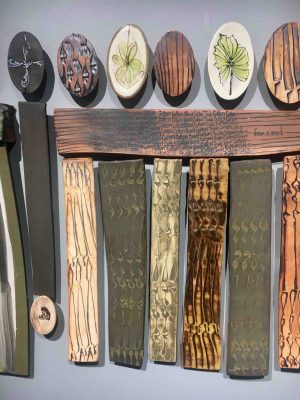
Photo / Chotsani Elaine Dean
Dean’s website artist statement notes that “quilts from Slavery (chattel enslavement) thru the Antebellum period, made on and off cotton plantations by enslaved and free African Americans through the mid-20th century . . . and the material that gives them life, cotton, serve as a historical source and point of departure I use to explore and comprehend this dreadful time in America’s history . . . Encountering the various cultures, economies and time periods connected to cotton continues to take me through non-linear timeline journeys from the past to the present. These diverse and inter-connected histories permeate the work I make.”
That’s apparent in such pieces as “Coded Memory Quilt: ‘for the Schoolmarms, the ‘saintly souls’, you teach with me’,” “what I would ask of Phillis Wheatley, our time for tea,” “Memory Spoon: ‘in a Hardenbergh kitchen cellar, a garden grew inside her spirit’ ” and “Memory Pieced Strip Sampler Quilt: Trade, Commodity, Exchange & Goods.”
Dean peppers her titles with tantalizing, somewhat veiled allusions to historical events, dates and people. Wheatley, for example, who lived from 1753-84, was the first African-American author of a published book of poetry.
“People have told me they have looked stuff up because of the titles of my work,” Dean says.
Yet Dean is at peace knowing that viewers of her work may not know about Wheatley, or realize some of the designs on her ceramics were inspired by images on African-American quilts.
“When you look at pieces in African, especially West African or Central African culture, those are power objects and you really have to be part of the culture to know what that means,” she says. “I’m not saying I know that specifically – I’m just tapping into the fact that there is power in the things that we see. When you set eyes on something, there’s something you can know from your own experience as you read the object in front of you.
“Whether you are right or not, that’s not important. It’s the fact that it holds your gaze – and it keeps you looking and you are engaging the mystery of it. Not everything is meant to be figured out either. That’s why in my work it doesn’t matter if everybody gets every single thing. There’s enough for them to get the emotion of what I’m leaving there.”
— Rick de Yampert
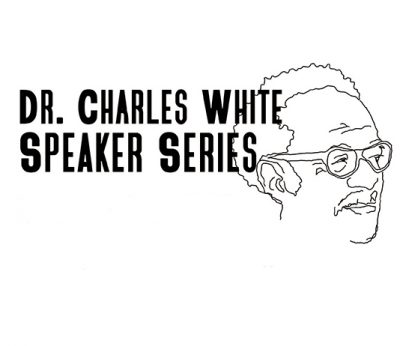
Upcoming talks in the Dr. Charles White Speaker Series:
• March 9 at 4 p.m. – Chotsani Elaine Dean, co-sponsored by the Department of Environmental Science and Studies.
• March 15 at 10 a.m. — Painter Biraaj Dodiya, co-sponsored by the Stetson Asian Pacific American Coalition (APAC). Cultural Credit will be available.
• March 31 at 6 p.m. — Women of Color in the Arts, a panel discussion featuring Stacey Derosier (lighting design), Nadia Garzon (acting and directing), Erica Palmiter (performance art and art education) and Winnie Yoe (design and interactive art). Cultural Credit will be available.
• April 19 at 5 p.m. — Recording engineer Nagaris Johnson, Department Chair of Recording Arts at the MediaTech Institute in Dallas.
Please complete the pre-registration form at least one hour before the start of each talk. If you do not have a Stetson email address and would like to participate, please email [email protected] by 2 p.m. on the day of the event to be added to the list to receive the Zoom link. Talks will be digitally archived and viewable on Vimeo.


